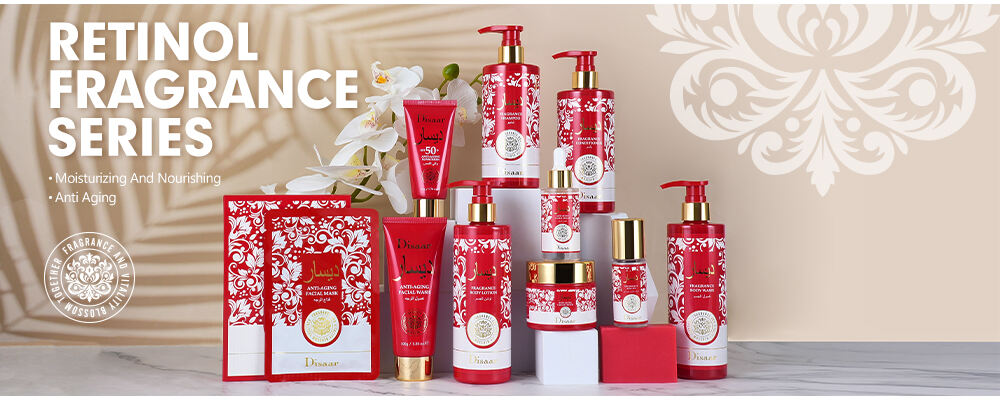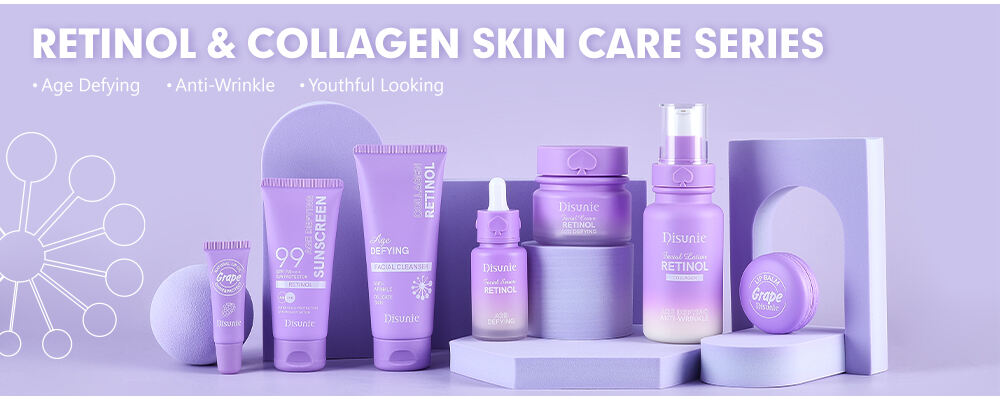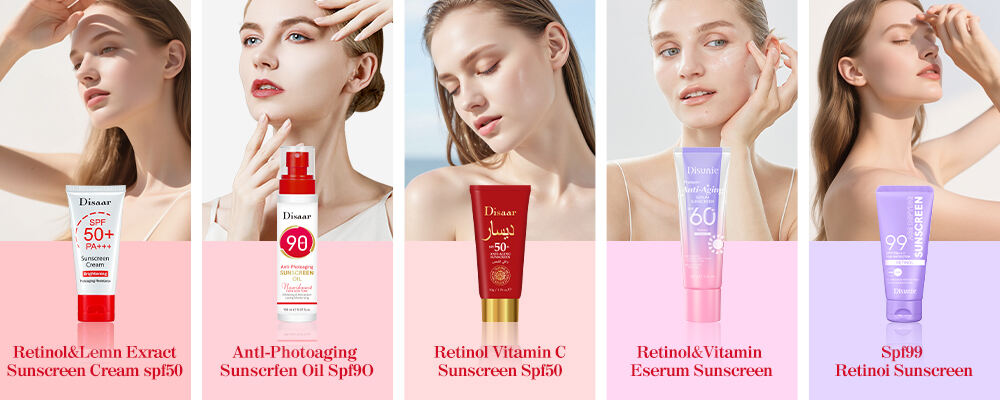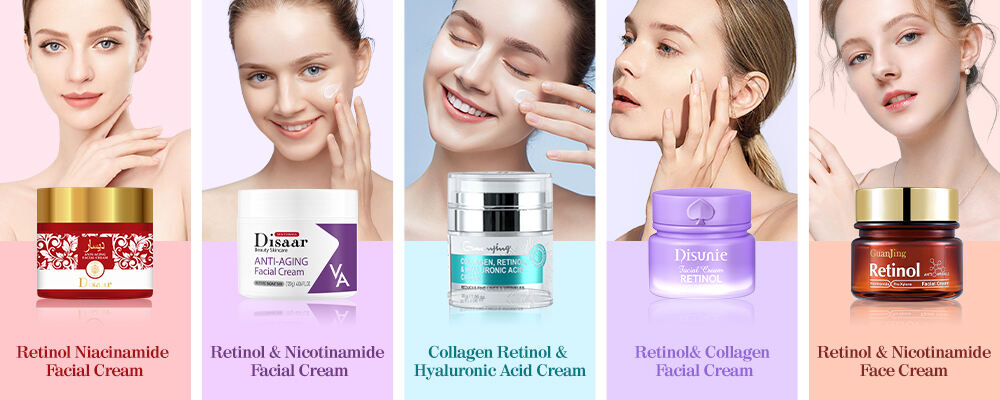Retinol has earned a reputation as a gold-standard ingredient in the world of skincare. Known for its potent effects on skin texture, tone, and aging, this vitamin A derivative continues to dominate beauty routines globally. The ability of retinol to combat aging signs lies in its unique interaction with the skin’s cellular processes, helping restore a youthful appearance and texture over time. For consumers looking to improve their skincare regimens, understanding how retinol works, and why it matters, is essential.

Retinol is a derivative of vitamin A that works on the skin by accelerating cell turnover and stimulating collagen production. When applied topically, retinol penetrates the skin and converts to retinoic acid, which then communicates with skin cells to behave more youthfully. This cellular renewal is at the heart of how retinol combats aging, minimizing fine lines, wrinkles, and dullness over time.
The effectiveness of retinol combat strategies stems from its molecular structure, which allows it to penetrate deeply into the skin layers. It promotes epidermal regeneration and increases blood flow, which results in brighter, firmer skin. By triggering fibroblasts to produce more collagen and elastin, retinol strengthens the skin's support structure, making it resilient to environmental damage and signs of aging.
One of the most celebrated effects of retinol is its ability to reduce the appearance of fine lines and wrinkles. Through its exfoliating action and collagen stimulation, retinol promotes smoother, plumper skin over time. Users often notice more youthful contours and enhanced skin elasticity after consistent use.
In addition to smoothing lines, retinol also helps refine skin texture and even out tone. It effectively addresses issues like hyperpigmentation, rough patches, and enlarged pores. Retinol combat solutions help shed the outermost layer of dead skin cells, revealing a clearer and more even complexion underneath.

For beginners, it’s important to start with a lower concentration of retinol to allow the skin to acclimate. Using it just two or three times a week initially can help minimize irritation. Over time, as the skin builds tolerance, users can increase the frequency and strength of application. Always apply retinol in the evening and follow up with a moisturizer to lock in hydration.
Certain ingredients complement retinol’s effects and help reduce sensitivity. Niacinamide, for example, soothes the skin and enhances the barrier function. Hyaluronic acid can offset dryness caused by retinol. Sunscreen is also essential, as retinol can increase the skin’s sensitivity to the sun, making daily SPF use non-negotiable.

It’s common to experience dryness, redness, or peeling when first introducing retinol. These side effects typically subside as the skin adjusts. To minimize discomfort, avoid using other strong actives like AHAs or BHAs on the same nights. Applying a gentle, nourishing moisturizer immediately after retinol can also reduce the likelihood of irritation.
Retinol may not be suitable for everyone. Pregnant or breastfeeding individuals are generally advised to avoid it due to potential risks. Those with extremely sensitive or compromised skin conditions like eczema or rosacea should consult a dermatologist before incorporating retinol combat treatments into their routine.
With consistent use, retinol boosts collagen production, which leads to firmer and more resilient skin. The improvements become more evident after several months, with sustained use offering the best results. The skin gradually becomes less prone to sagging and more responsive to hydration.
By stimulating skin renewal and enhancing protective functions, retinol can delay the onset of age-related changes. It works as both a corrective and preventative solution, particularly when combined with other anti-aging ingredients. The long-term benefits of retinol combat efforts contribute to a smoother, more radiant complexion.
Retinol can be used alongside certain professional treatments, but timing is key. It’s typically advised to stop using retinol a few days before and after procedures like chemical peels or laser resurfacing to prevent excessive irritation. Post-treatment, retinol can help maintain results by supporting continued cell turnover.
For those who undergo clinical treatments, retinol is a powerful addition to maintain and prolong results. Dermatologists often recommend retinol combat regimens to support healing, brighten the skin, and enhance overall tone. When combined strategically, professional treatments and home care can yield transformative results.
Encapsulated retinol technology allows for slower, more controlled release into the skin. This minimizes the risk of irritation while maintaining efficacy. It’s especially helpful for beginners or individuals with mildly sensitive skin who want to explore retinol combat products without adverse effects.
Newer formulations combine retinol with ingredients like vitamin C or E to offer dual benefits: stimulating collagen and protecting against oxidative stress. This synergy enhances the skin’s defense against environmental aggressors while delivering age-defying results.

Most users start to see visible improvements in skin texture and tone within 4 to 8 weeks. Full anti-aging benefits typically appear after 3 to 6 months of consistent use.
While some experienced users apply it nightly, beginners should start slowly. It’s best to gradually increase frequency to avoid irritation and allow the skin time to adjust.
Many dermatologists recommend introducing retinol in your mid to late 20s as a preventative measure. However, it’s never too late to start benefiting from its anti-aging properties.
Yes, but use products specifically formulated for the delicate eye area. These typically have lower concentrations and include soothing ingredients to reduce sensitivity.